Litecoin, often described as "silver to Bitcoin's gold," differentiates itself through its Scrypt-based Proof-of-Work (PoW) algorithm and faster block times. This approach enhances security while significantly reducing energy consumption by 70% compared to Bitcoin's SHA-256. Litecoin's decentralized mining environment and efficient transaction processing make it a more accessible, sustainable, and inclusive digital currency option. By integrating the Lightning Network and variable block time adjustments, Litecoin offers faster transactions and lower fees, positioning itself as a key player in cryptocurrency evolution.
“Dive into the intricate world of Litecoin, a prominent cryptocurrency that has captivated investors since its inception. This article offers an inside look at Litecoin’s unique Proof-of-Work (PoW) algorithm and its security features, setting it apart from Bitcoin. We explore how Litecoin’s mining process is more efficient, consuming less energy. Additionally, we delve into the integration of the Lightning Network for faster transactions and discuss its scalability challenges. Discover why Litecoin may hold a pivotal role in the evolving landscape of cryptocurrencies.”
- Understanding Litecoin's Proof-of-Work Algorithm
- Security Measures in Litecoin Network
- Efficient Mining Process: How Litecoin Differs from Bitcoin
- Comparing Energy Consumption and Environmental Impact
- Lightning Network Integration for Faster Transactions
- Scalability Challenges and Litecoin's Approach to Overcome Them
- Future Prospects: Litecoin's Role in Cryptocurrency Evolution
Understanding Litecoin's Proof-of-Work Algorithm
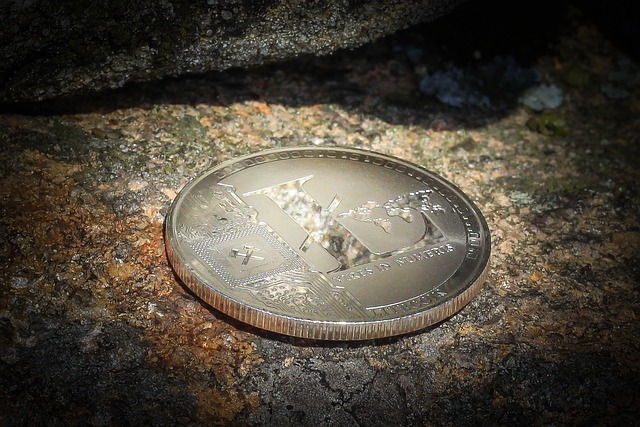
Litecoin, often referred to as the “silver to Bitcoin’s gold,” operates on a unique Proof-of-Work (PoW) algorithm designed to enhance both security and efficiency compared to its counterpart, Bitcoin. Unlike Bitcoin’s SHA-256 hashing function, Litecoin employs a different approach with Scrypt, a hash function known for its memory-hard characteristics. This distinction is crucial as it makes Litecoin more accessible for mining, encouraging a decentralized network of miners using less specialized and expensive equipment.
The Scrypt algorithm focuses on increasing the computational cost required to solve mathematical problems, ensuring that mining remains a challenging process. This makes Litecoin’s blockchain secure while allowing for faster block times, approximately 2.5 minutes compared to Bitcoin’s 10-minute average. This efficiency is a result of the algorithm’s optimized design, which facilitates a more frequent generation of blocks, enhancing overall network performance and providing a smoother user experience.
Security Measures in Litecoin Network

The Litecoin network employs a robust Proof-of-Work (PoW) consensus mechanism, similar to Bitcoin, but with some key differences that enhance its security and efficiency. One of the primary security measures is its hashing algorithm, Scrypt, which was designed to be more resistant to specialized mining hardware compared to SHA-256 used by Bitcoin. This makes it easier for a diverse range of miners to participate in securing the network. Additionally, Litecoin has a faster block time of 2.5 minutes, allowing for quicker confirmation of transactions and reducing the potential impact of any single point of failure.
The decentralized nature of the Litecoin network is another critical aspect of its security. With thousands of nodes validating each transaction and block, it becomes exceptionally difficult for malicious actors to manipulate the system. This distributed ledger technology ensures that the network remains secure and robust against potential attacks, further solidifying Litecoin as a reliable digital currency.
Efficient Mining Process: How Litecoin Differs from Bitcoin
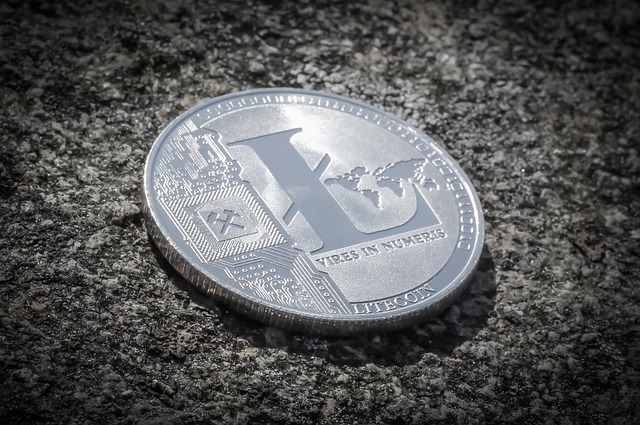
Litecoin, often referred to as the “silver to Bitcoin’s gold,” boasts a unique mining process that sets it apart from its more renowned counterpart. Unlike Bitcoin, which uses the SHA-256 hashing algorithm, Litecoin employs the Scrypt algorithm for its proof-of-work mechanism. This change has significant implications for miners and the overall network efficiency.
The Scrypt algorithm is designed to be more memory-intensive, making it less accessible to specialized mining hardware compared to Bitcoin’s ASICs (Application-Specific Integrated Circuits). This diversity in mining equipment encourages a more decentralized mining landscape, allowing for a broader range of participants. As a result, Litecoin’s mining process tends to be more efficient in terms of energy consumption and computational resources, fostering a more sustainable and inclusive digital currency ecosystem.
Comparing Energy Consumption and Environmental Impact

Litecoin, often considered a “silver” to Bitcoin’s “gold,” utilizes a similar proof-of-work (PoW) consensus mechanism but with some key differences that impact its energy consumption and environmental footprint. While both cryptocurrencies rely on computational power to verify transactions, Litecoin’s algorithm, Scrypt, is designed to be more energy-efficient than the SHA-256 used by Bitcoin. This difference becomes evident when examining their energy usage; according to various studies, Litecoin consumes approximately 70% less electricity than Bitcoin, making it a more environmentally friendly option.
The reduced energy consumption of Litecoin is not only beneficial for its own network but also has broader implications. As the cryptocurrency space grows, so does the concern over the environmental impact of PoW. By offering an alternative with lower energy requirements, Litecoin provides a compelling case for a more sustainable digital currency future, potentially reducing the industry’s overall carbon footprint.
Lightning Network Integration for Faster Transactions
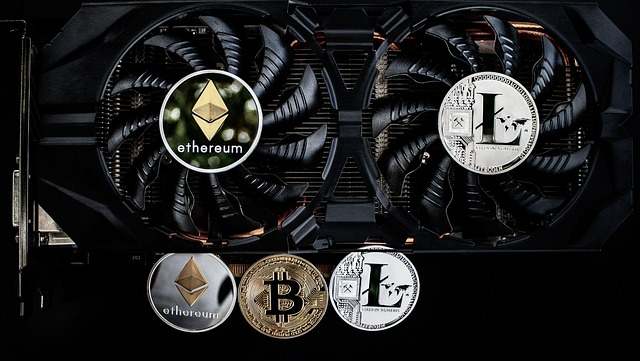
Litecoin, often hailed as a “silver to Bitcoin’s gold,” has been a pioneer in the cryptocurrency space since its inception. One of its key advantages lies in its integration with the Lightning Network, a layer-2 solution designed to enhance transaction speed and reduce fees. This innovative technology allows for near-instant transactions, making Litecoin a faster alternative to Bitcoin. When comparing their proof-of-work mechanisms, Litecoin’s shorter block times provide a more efficient processing rate. The Lightning Network further optimizes this by enabling off-chain transactions, where payments are settled outside the main blockchain, significantly speeding up the process.
This integration has been pivotal in addressing one of Bitcoin’s primary challenges: transaction speed and scalability. As Bitcoin’s network grows, its transaction times can become cumbersome, leading to higher fees and slower confirmations. Litecoin, with its lighter framework and Lightning Network support, offers a seamless experience for users seeking faster, cost-effective transactions.
Scalability Challenges and Litecoin's Approach to Overcome Them
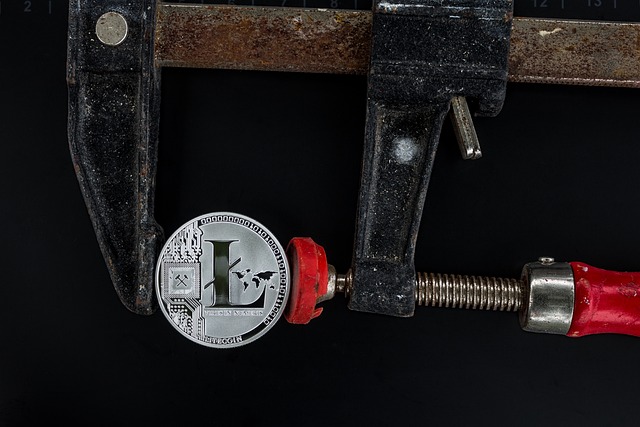
Litecoin, like Bitcoin, faces scalability challenges as it gains popularity. As more users join the network, transactions need to be processed faster and more efficiently. One of Litecoin’s key approaches to overcome these challenges is through its block time adjustments. Unlike Bitcoin, which has a fixed block time of 10 minutes, Litecoin allows for a variable block time between 2.5 and 5 minutes. This flexibility enables the network to handle higher transaction volumes without significantly increasing congestion or energy consumption.
Furthermore, Litecoin’s use of Scrypt as its proof-of-work algorithm differs from Bitcoin’s SHA-256. Scrypt is considered more memory-intensive, which makes it more resistant to specialized mining hardware often used in Bitcoin mining. This diversity in consensus mechanisms not only adds another layer of security but also helps distribute mining power across a broader range of users, potentially making the network more resilient to potential attacks or centralization concerns.
Future Prospects: Litecoin's Role in Cryptocurrency Evolution

As cryptocurrency continues to evolve, Litecoin’s role in shaping the future is an intriguing aspect worth exploring. Its unique characteristics, such as faster transaction times and lower fees compared to Bitcoin, position it as a potential game-changer in the industry. With a focus on efficiency and security through its Proof-of-Work mechanism, Litecoin offers a different approach to blockchain technology, appealing to users seeking a more agile digital currency.
Looking ahead, Litecoin’s future prospects are promising. The ongoing development and support from its community could lead to further innovations, enhancing its scalability and making it an even more viable alternative to Bitcoin. As the cryptocurrency landscape continues to expand, Litecoin’s ability to provide faster transactions and maintain a robust security framework may attract new users and foster a deeper integration into everyday financial systems.
Litecoin, with its unique Proof-of-Work algorithm, offers a compelling alternative to Bitcoin. Its efficient mining process consumes less energy, making it more environmentally friendly. The Lightning Network integration further enhances transaction speed. While facing scalability challenges, Litecoin is actively working on solutions to ensure its longevity in the ever-evolving cryptocurrency landscape. Ultimately, Litecoin’s security, efficiency, and innovative features position it as a significant player in the world of digital currencies.
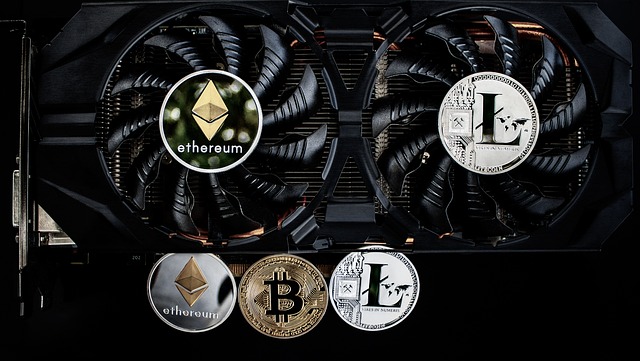


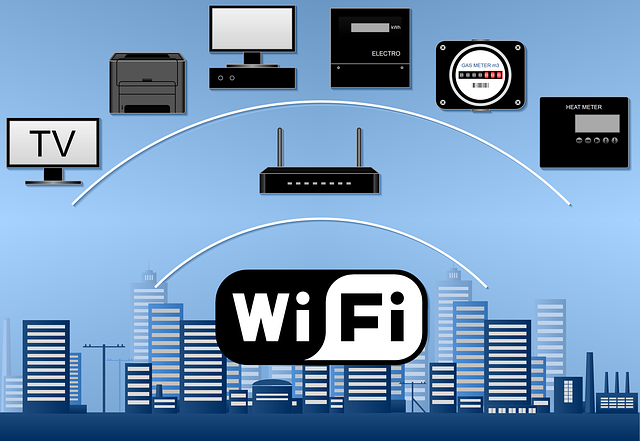



Leave a Reply